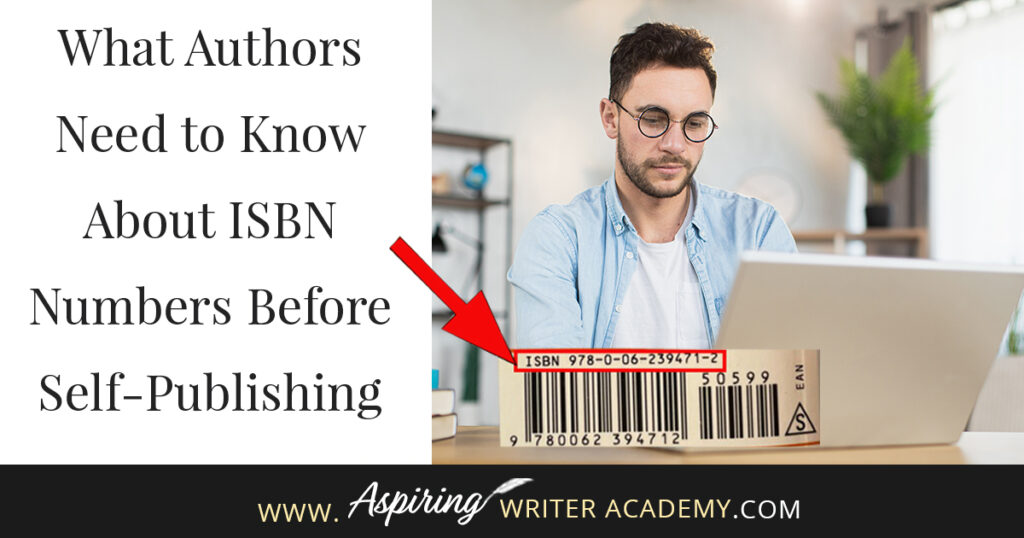


Affiliate Disclosure: This website contains affiliate links including Amazon Links, “As an Amazon Associate I earn from qualifying purchases.” Which means Aspiring Writer Academy may receive a commission when you make a purchase using the links in the articles or advertisements. This adds no extra cost to our readers and helps us keep our site up and running. To learn more, please visit the (Disclaimer page).
Sharing is caring!
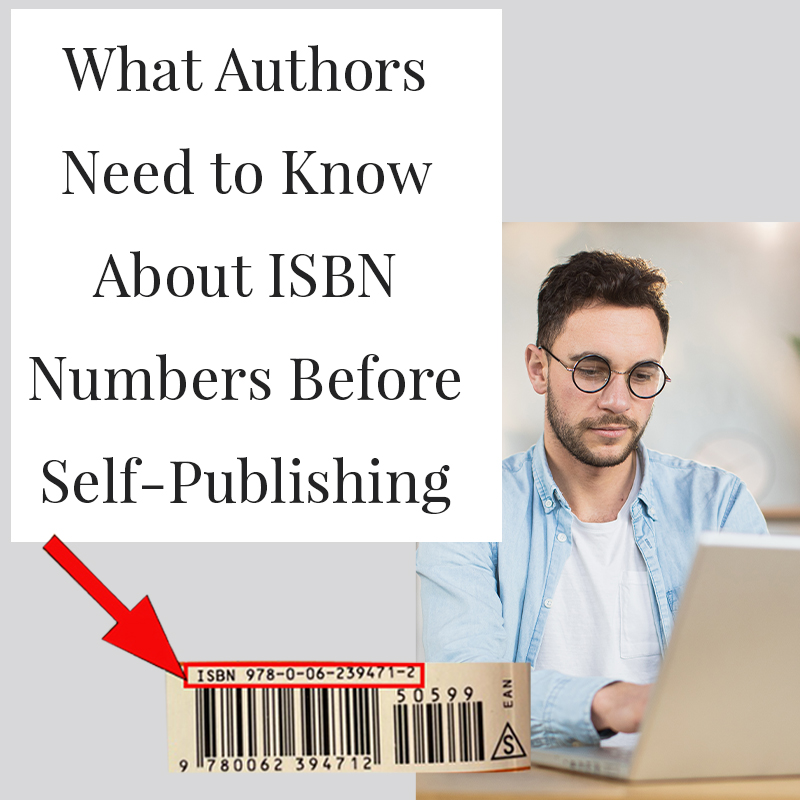

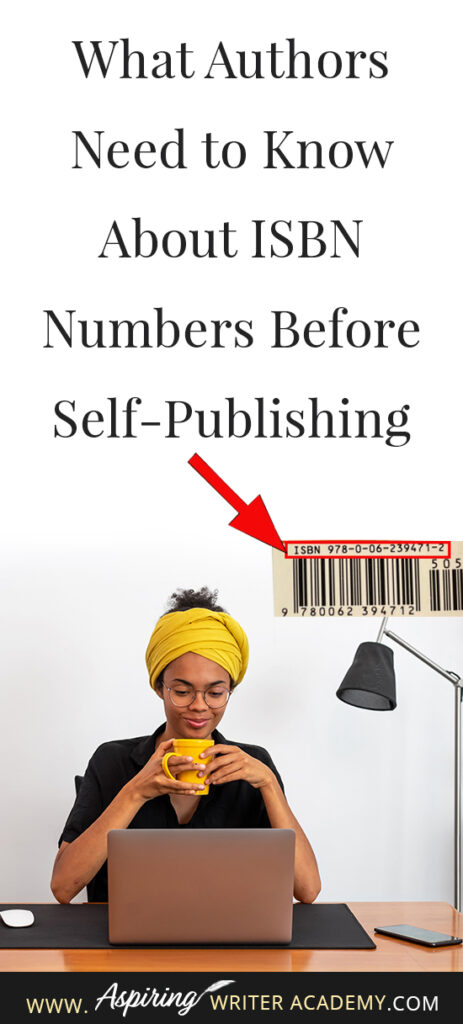
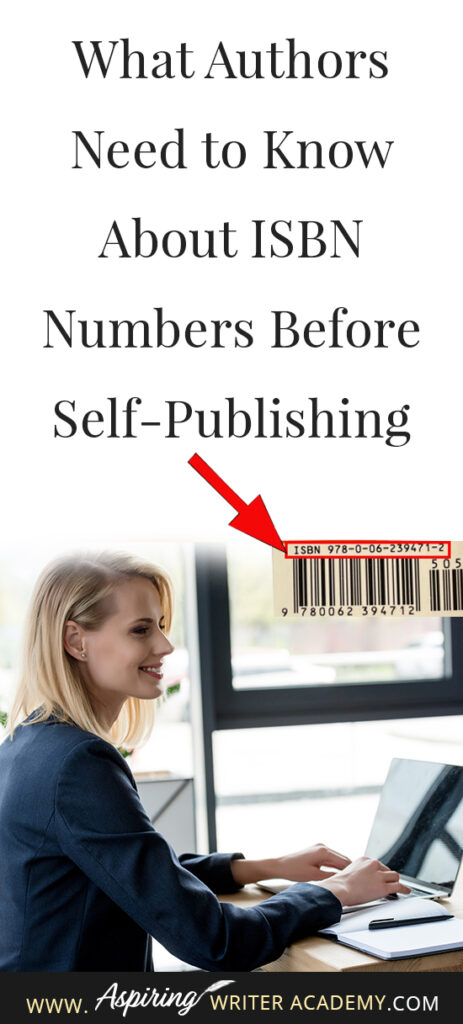
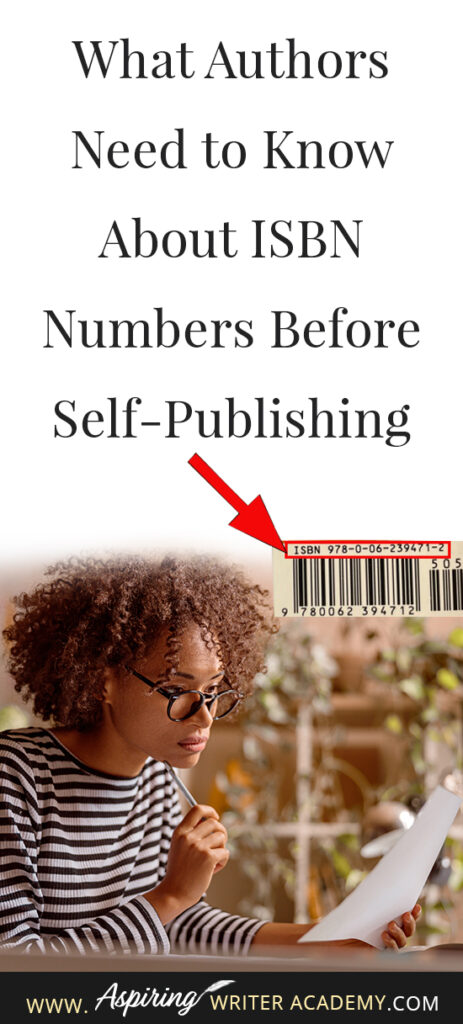

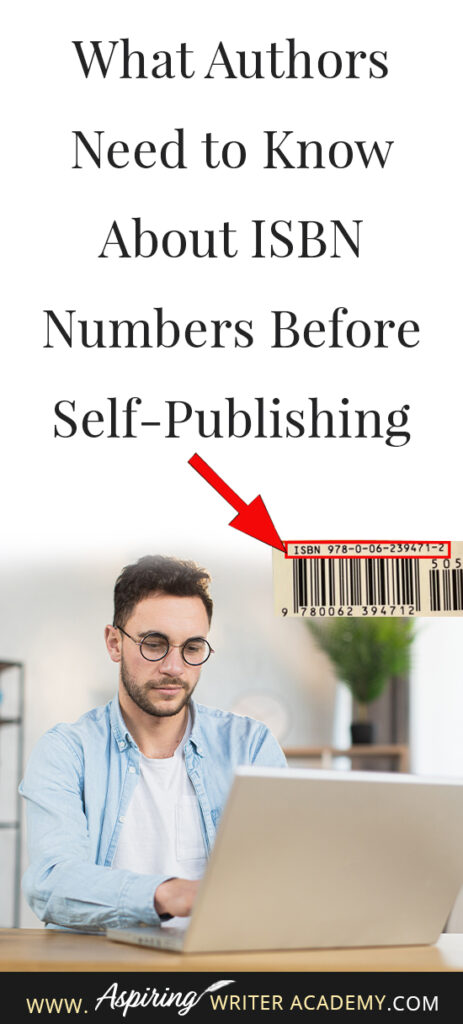
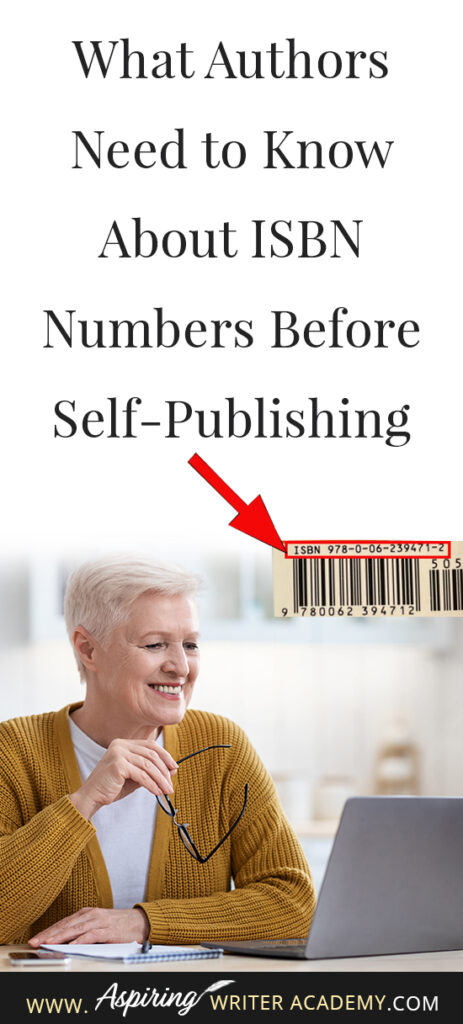
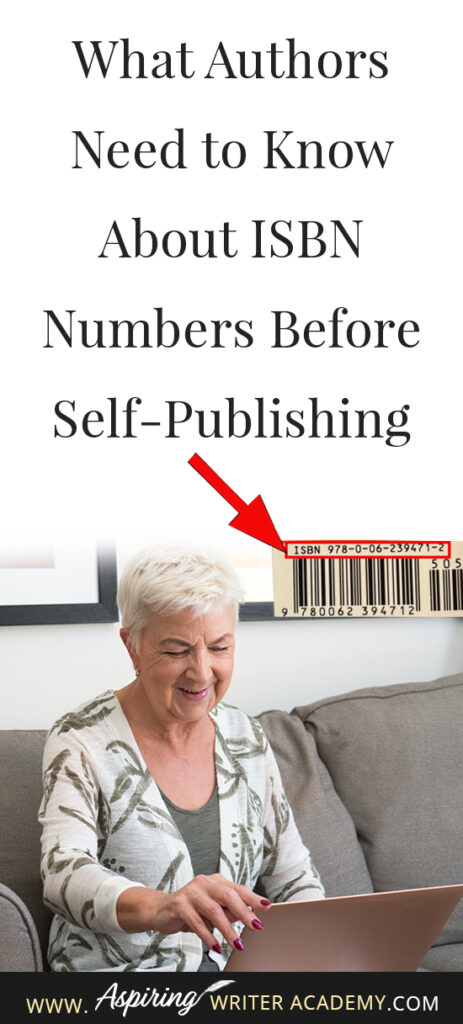
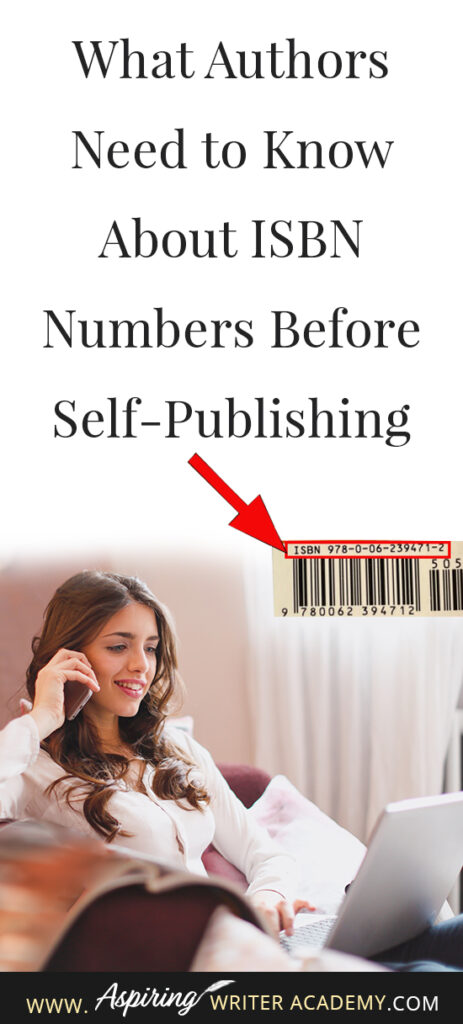
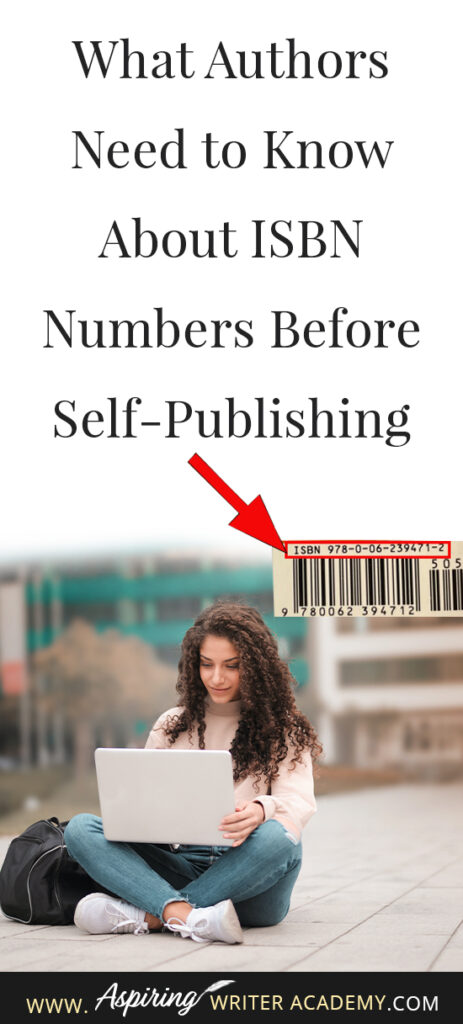

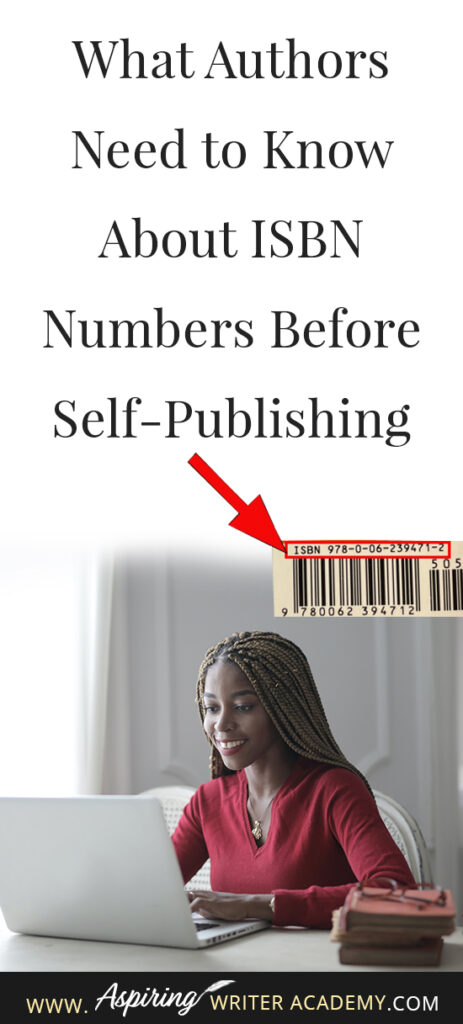
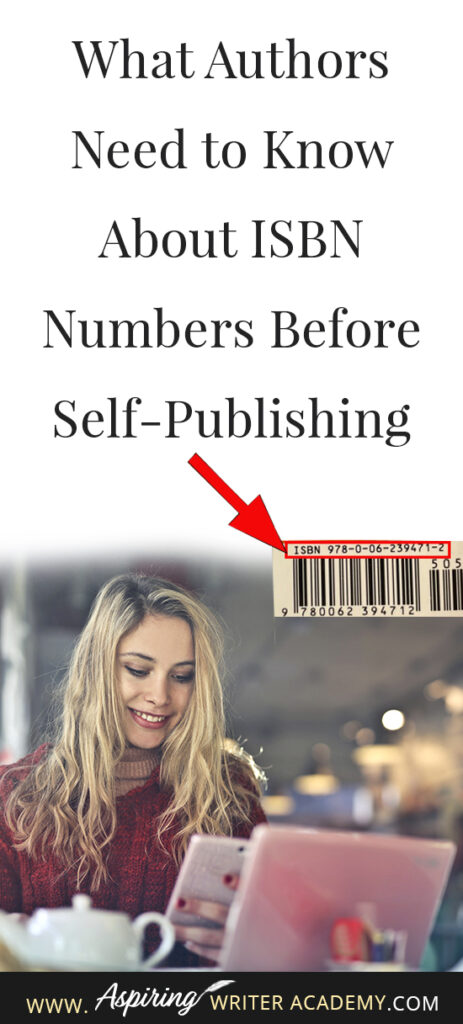
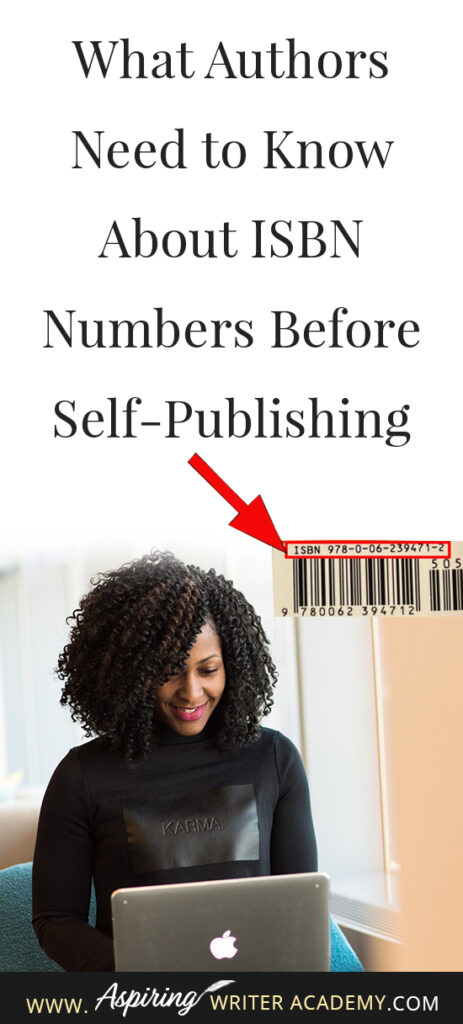
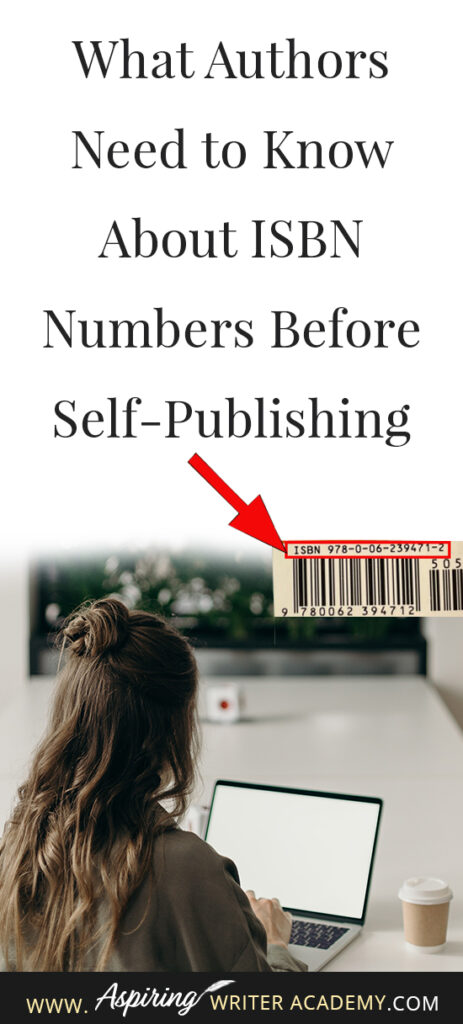

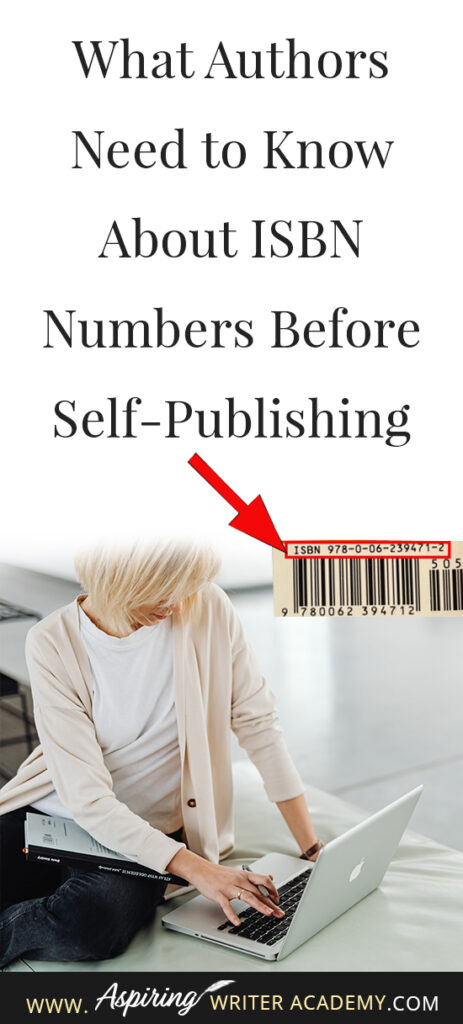
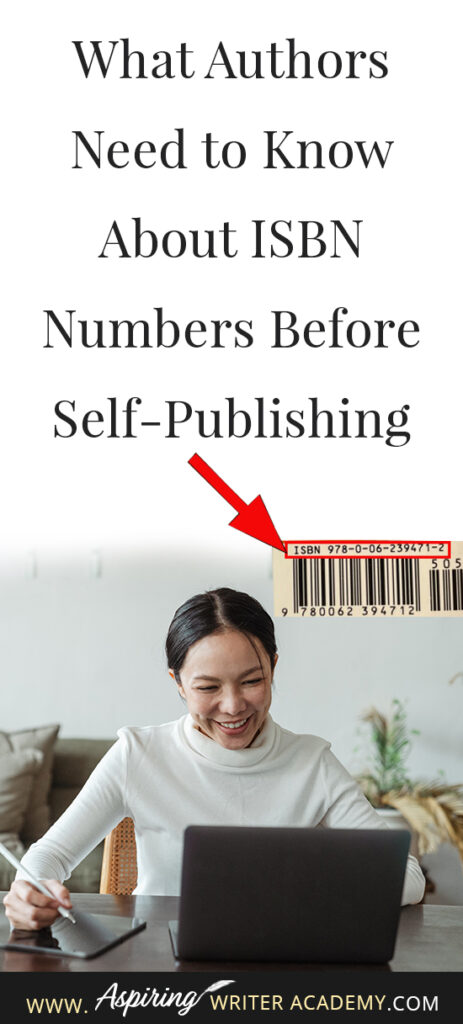
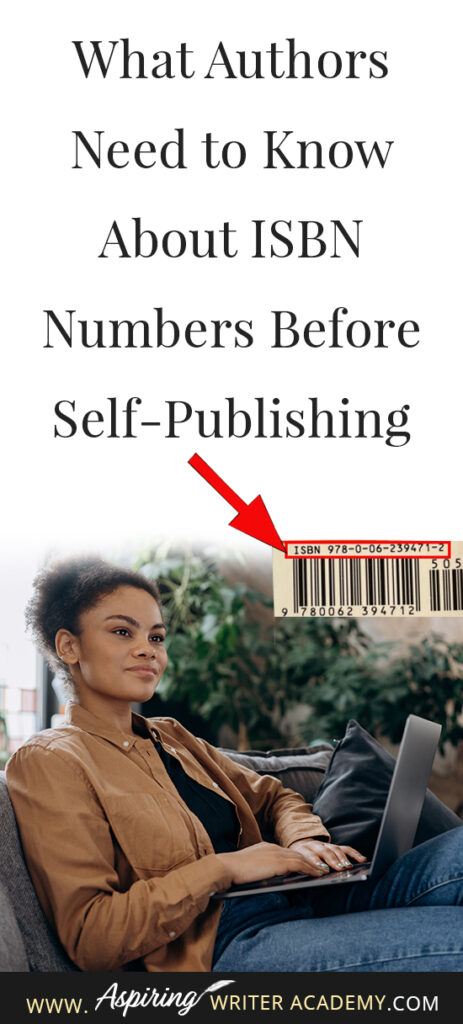
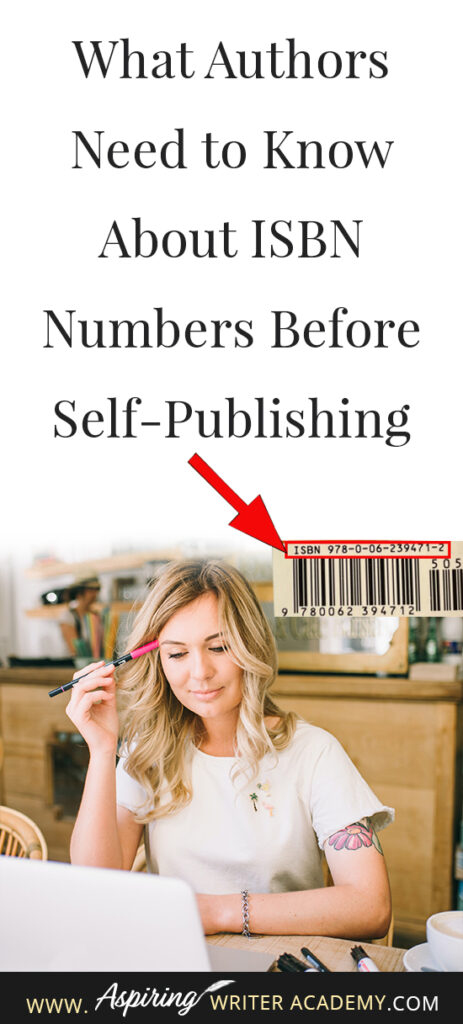
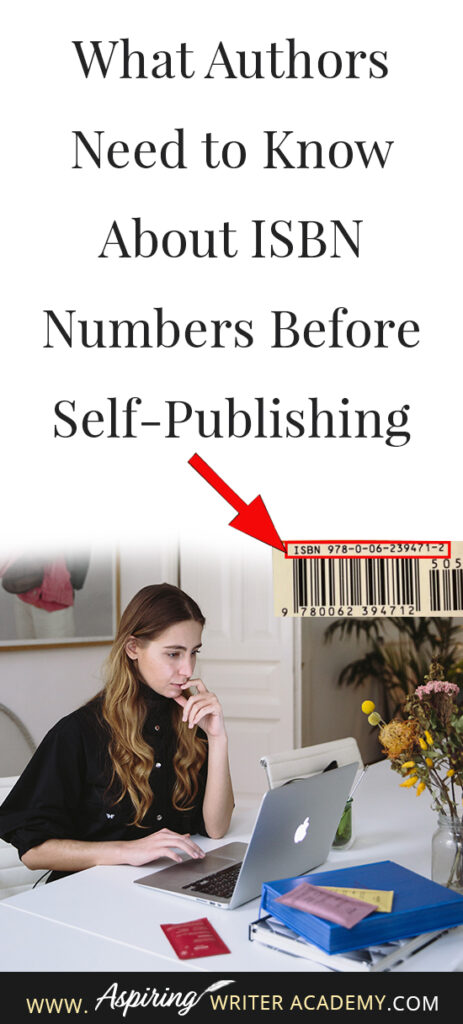
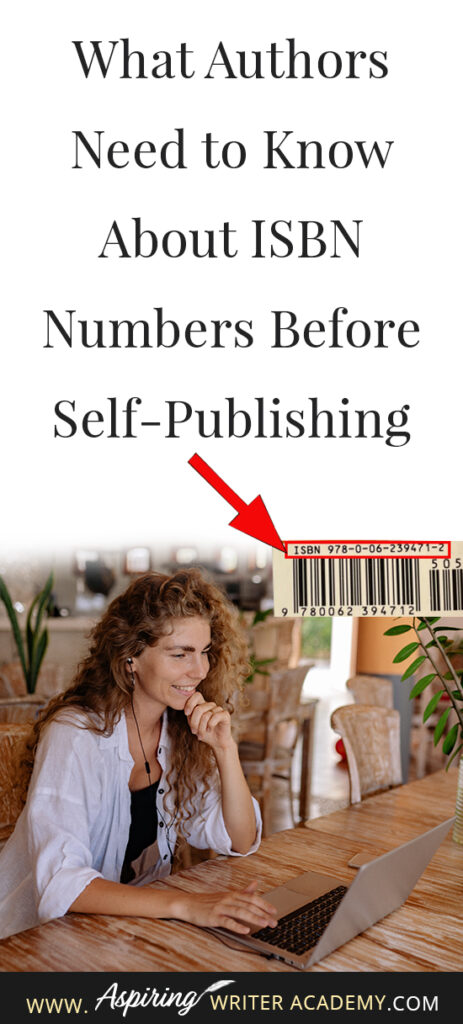
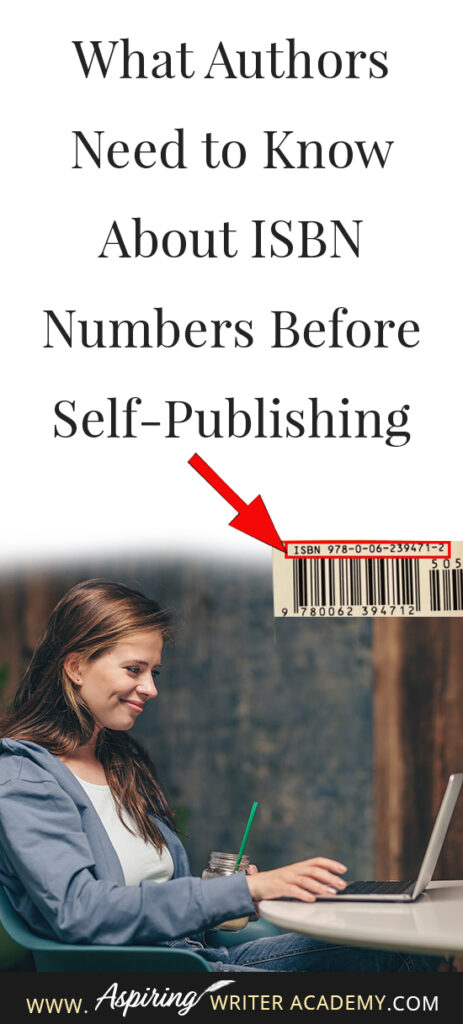
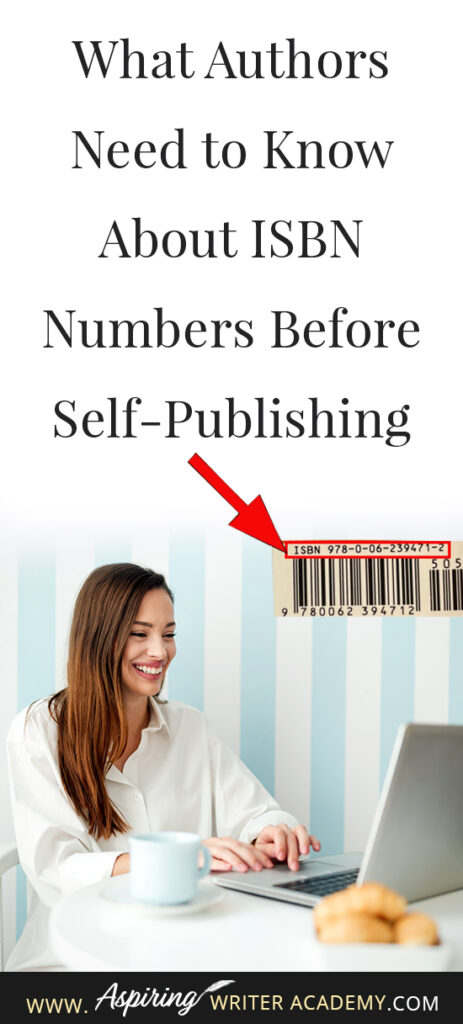
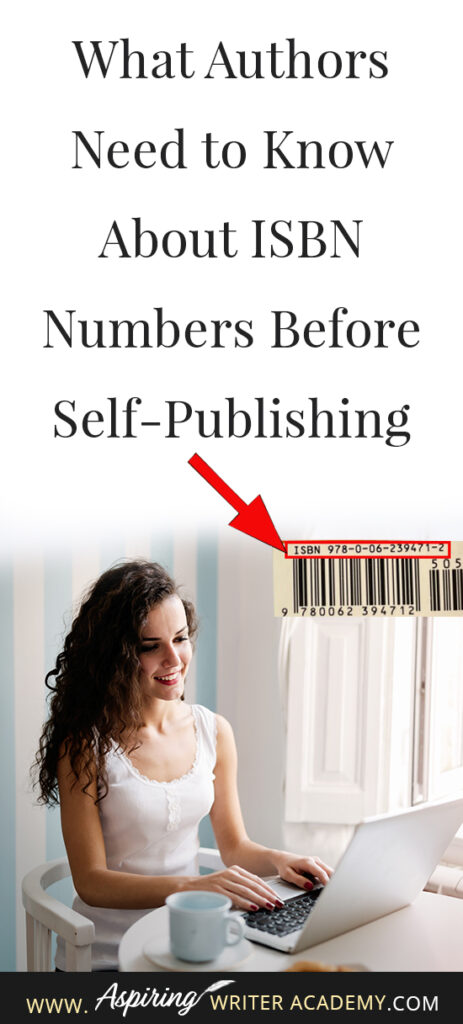
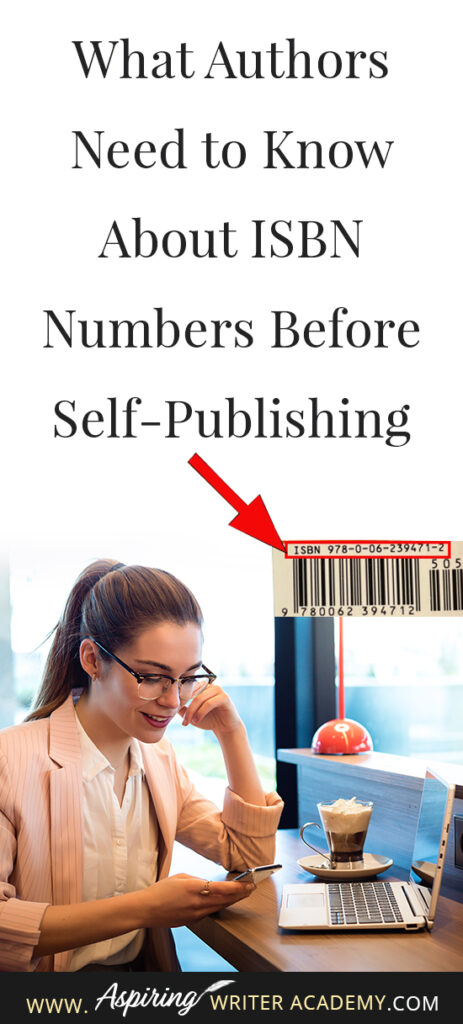
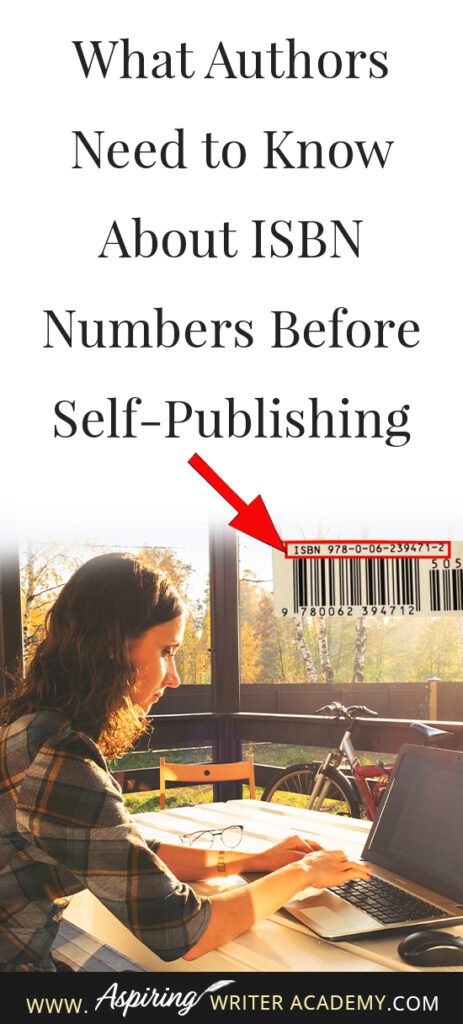
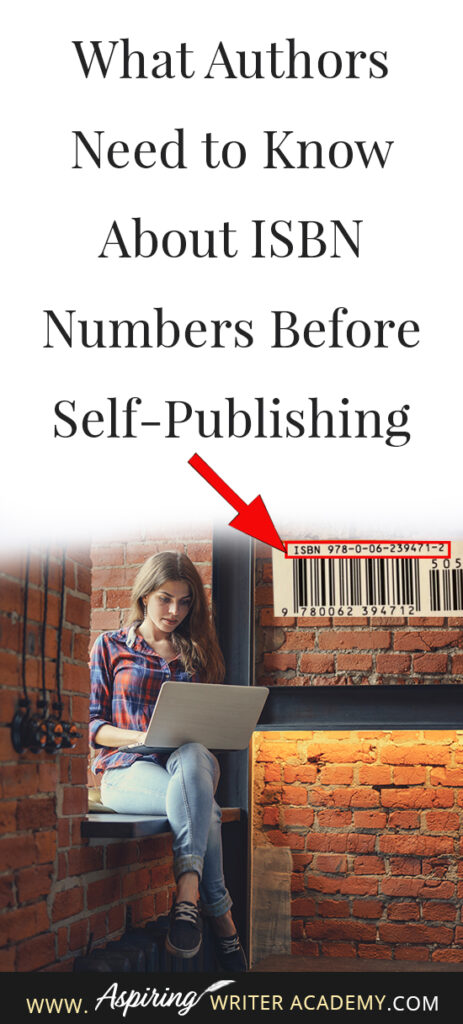
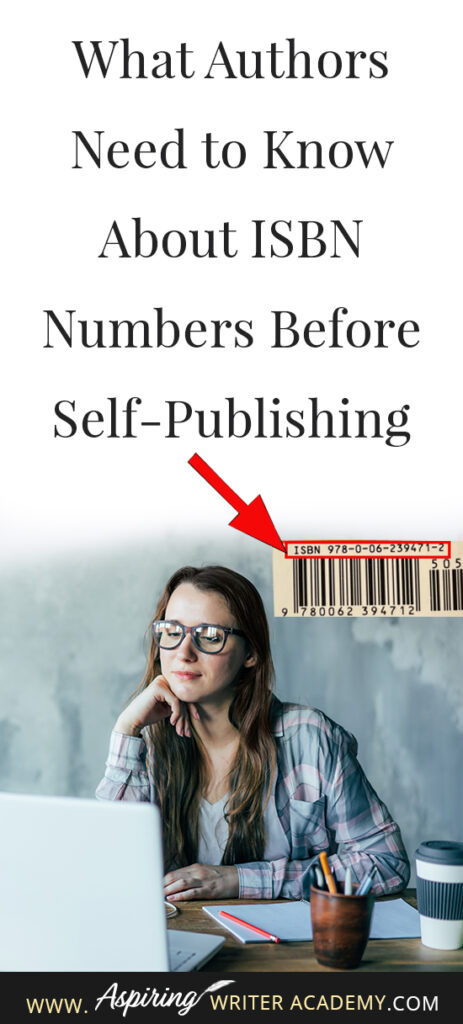
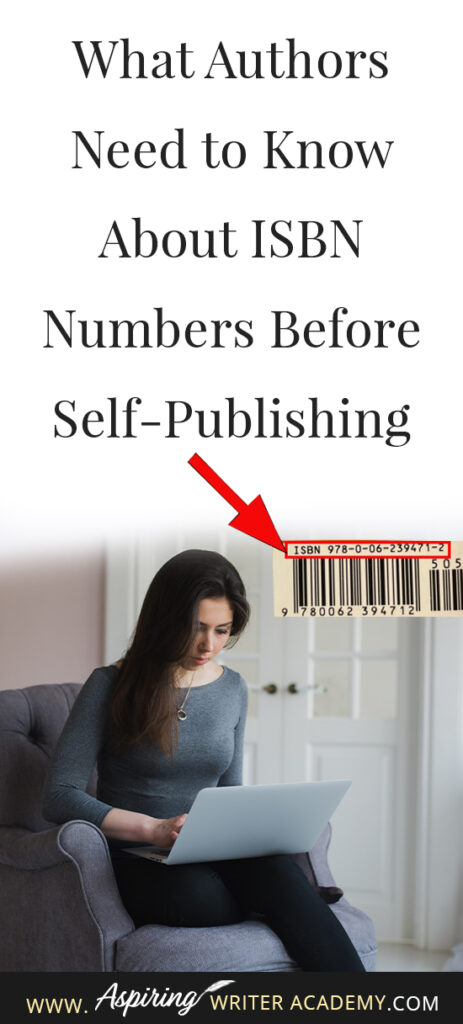
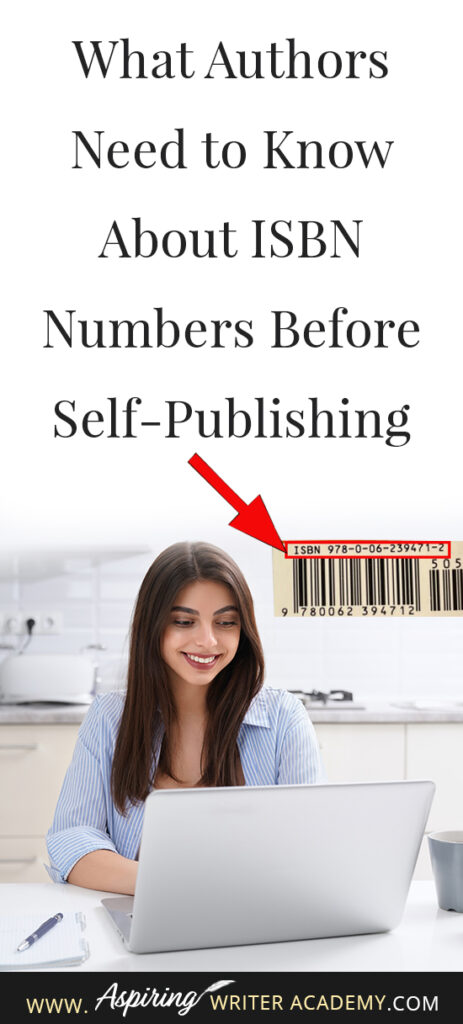

As a new writer, you may have heard the term ISBN used frequently in the publishing world but you may be wondering, what is it? In our blog post What Authors Need to Know About ISBN Numbers Before Self-Publishing, we will cover exactly what every author needs to know about ISBNs, including why they are used, how much they cost, and where to get one for your books.
ISBN stands for International Standard Book Number.
ISBNs are a string of 13 numbers that identify your book apart from the billions of books that are out there. Every ISBN number is unique to each book. For example, an e-book, paperback, and hardcover version of the same novel will each have its own ISBN number.
Basically, ISBNs are like the social security number or driver's license number for each version of your book, legally identifying it apart from other versions and all the other books in the world.
The purpose of ISBN numbers is organization. It is a quick organized way for libraries, publishers, and book dealers to identify and find the book they are searching for. ISBN stands for “International Standard Book Number. ISBNs differentiate books apart from mutable versions, editions, and titles of the same book. For example, if you want to find an old version of a book that you liked before it was rewritten differently all you have to do is enter the ISBN number of that rendition to locate it in a bookstore's catalog. ISBN numbers are used internationally and help pinpoint the book's format, edition, title, publisher, and language.
Fun fact: ISBNs were originally 10-digit numbers up till December 2006. After January 2007 ISBNs now consist of 13 digits.
Another fun fact: ISBNs became an international standard in 1970.
You can often find the ISBN numbers on digital platforms listed underneath the publisher, language, and other book information. You can find ISBNs on print books often listed above or below the barcode on the back cover of the book. You can find ISBNs listed on the inside front flap of the book and listed on the copyright page. Then ISBNs are frequently found on the last page of the book.
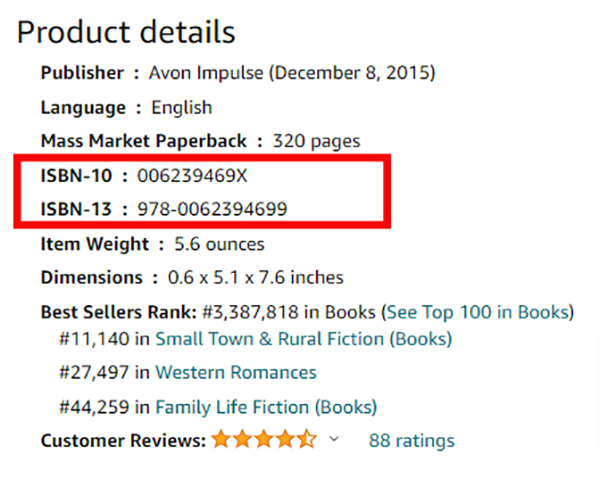



If you want your book to be in print, the fact is you are absolutely going to need an ISBN number. All libraries, bookstores, or any other distribution channel will require your book to have an ISBN number. It is critical to have an ISBN so that readers and booksellers can find your book.
You may be thinking, how can authors afford this? Does every book that you write and does every different version of that book actually need an ISBN number? While all printed books must have an ISBN number, not all digital books need one.
Many authors purchase ISBN numbers for the paperback and hardcover versions of their book and just use the free ISBN numbers provided from where they choose to self-publish their ebook. Most major publishing platforms offer free ISBN numbers for use on their platform.
These free numbers provided by publishing platforms cannot cross over to other publishing outlets so your free ISBN on Barnes and Noble would be a different set of digits from your free ISBN from Draft2Digital or Amazon. Having numerous ISBN numbers for the same ebook across different publishing platforms can look a bit unprofessional but if you are tight on money, using the free ISBN provide is an excellent way to cut down on costs.
Purchased ISBN numbers are universal and work on all platforms. So your eBook on Amazon would have the same ISBN number as your ebook on Barnes and Noble and other publishing platforms.
Some of the most well-known publishing platform sites that give free ISBNs are listed below:
You may have heard of ASIN numbers. ASIN numbers are a part of Amazon’s Kindle Direct Publishing (KDP) program. (ASIN) stands for Amazon Standard Identification Number. If you publish your book through Amazon and choose not to purchase and upload your own purchased ISBN number, Amazon will give your book a free ASIN number. ASIN numbers are a 10-digit code that helps identify products on Amazon. These ASIN numbers only work on Amazon. If you upload your book for sale on Barnes and Noble, Apple books, Draft2Digital, or Smashwords, you would have different free ISBN numbers assigned for those digital platforms. ASIN is just one of the most popular terms thrown around the publishing world since almost everyone sells books on Amazon. ASIN numbers are awesome if you plan on just publishing on Amazon exclusively.
Example:

Wait, so if people can get free ISBN numbers on book publishing platforms, why do people still buy ISBN numbers to publish books? What are the differences between free ISBNs from purchased ISBN numbers?
Publishers or authors purchase these ISBNs through affiliate sites of the International ISBN Agency. Each country or territory has its own provider of ISBNs for its region. Below I listed some of the most popular brokers but you can find a full list right here: https://www.isbn-international.org/agencies
If you live in the USA, most authors purchase their ISBN numbers through Bowker.com.
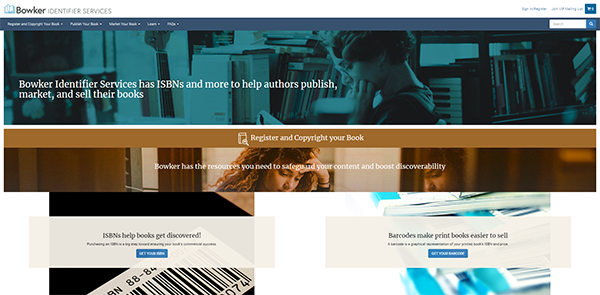
If you live in Canada, you can get an ISBN through ISBN Canada.
If you live in the U.K. you can get an ISBN from nielsenisbnstore.com.
Another popular spot authors can purchase an ISBN number is through IngramSpark.
Price varies from each distributor and can change over the years. But as of 2022 for those living in the United States on Bowker.com, a single ISBN number costs $125.
If you know you are going to be writing and publishing multiple books, a good way to save money on ISBNs is to purchase them in bulk. On Bowker.com you can purchase 10 ISBN numbers for $295 which equals out to about $29.50 an ISBN.
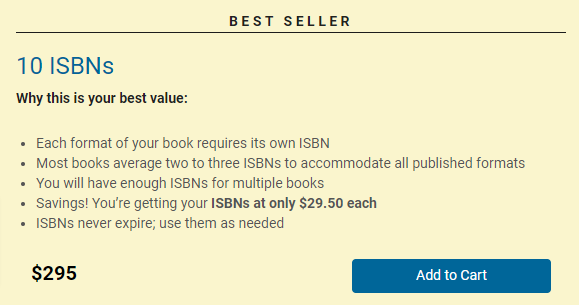
The good news is that ISBN numbers never expire or go bad. You buy it once and if no changes are made to the book, that book can keep the same ISBN number indefinitely unless in 100 years they come up with a whole new system.
The short answer is No. Even if the book goes out of print, once used that ISBN number cannot be reused on an updated or different version of the book. Once used, an ISBN number only is for that version of your novel and cannot be repurposed.
I hope that this blog post helps inform you about ISBN numbers and how they are used in the publishing world. If you live in the USA and would like to check out ISBNs you can visit Bowker.com and if you live internationally you can check out https://www.isbn-international.org/agencies to look up where you can purchase an ISBN number for your region.
Do you find it difficult to create compelling antagonists and villains for your stories? Do your villains feel cartoonish and unbelievable? Do they lack motivation or a specific game plan? Discover the secrets to crafting villains that will stick with your readers long after they finish your story, with our How to Create Antagonists & Villains Workbook.
This 32-page instructional workbook is packed with valuable fill-in-the-blank templates and practical advice to help you create memorable and effective antagonists and villains. Whether you're a seasoned writer or just starting out, this workbook will take your writing to the next level.

Our Goal for Aspiring Writer Academy is to help people learn how to write quality fiction, teach them to publish and promote their work, and to give them the necessary tools to pursue a writing career.
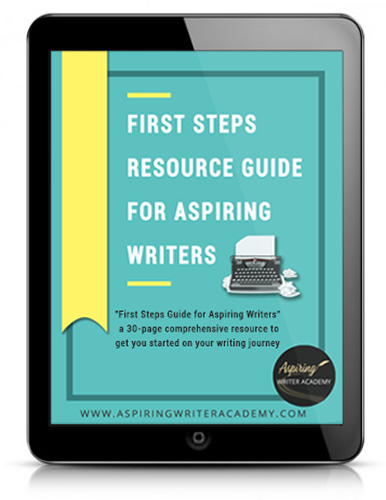
Thanks for subscribing! Please check your email for further instructions.
Something went wrong. Please check your entries and try again.
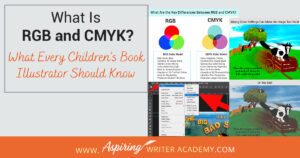
 a new paragraph in your fictional novel? Did you know that paragraphing can be different for popular fiction than if you are writing non-fiction, literary fiction, or a story for English composition class? That is because popular (or genre fiction) is designed to hook the reader and entertain, often by utilizing stylistic effects. In Fiction Writing: When to Start a New Paragraph? we discuss 10 times you should be indenting the text for maximum story impact." width="300" height="158" />
a new paragraph in your fictional novel? Did you know that paragraphing can be different for popular fiction than if you are writing non-fiction, literary fiction, or a story for English composition class? That is because popular (or genre fiction) is designed to hook the reader and entertain, often by utilizing stylistic effects. In Fiction Writing: When to Start a New Paragraph? we discuss 10 times you should be indenting the text for maximum story impact." width="300" height="158" />
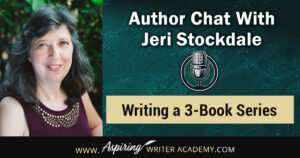
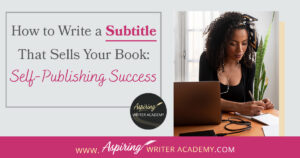
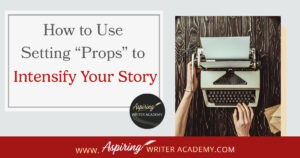
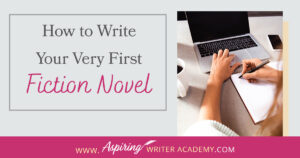
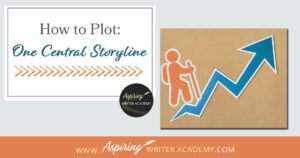


Samantha Panzera is an adventurous travel blogger, graphic designer, and multi-media business entrepreneur who uses the experience she’s gained over the years to teach aspiring writers the skills they need to build an author platform and take their careers to the next level.
Sharing is caring!
Posted in Business Smarts, Self Publishing and tagged Resources for WritersThis site uses Akismet to reduce spam. Learn how your comment data is processed.

We are Darlene & Samantha, the mother-daughter team who co-founded this site to help writers improve their craft, publish their work, and build an author platform. We share our knowledge from years of experience working with both traditional and self-publishing. We also offer tech tips and how-to tutorials to help you excel at blogging, social media, and marketing.
Join Us On Social Media
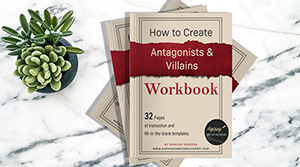
We Believe All Authors Can Aspire to Take Their Writing to the Next Level!
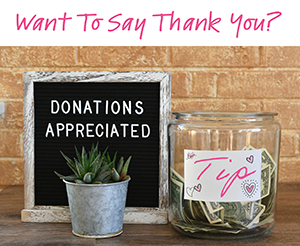
Archives 
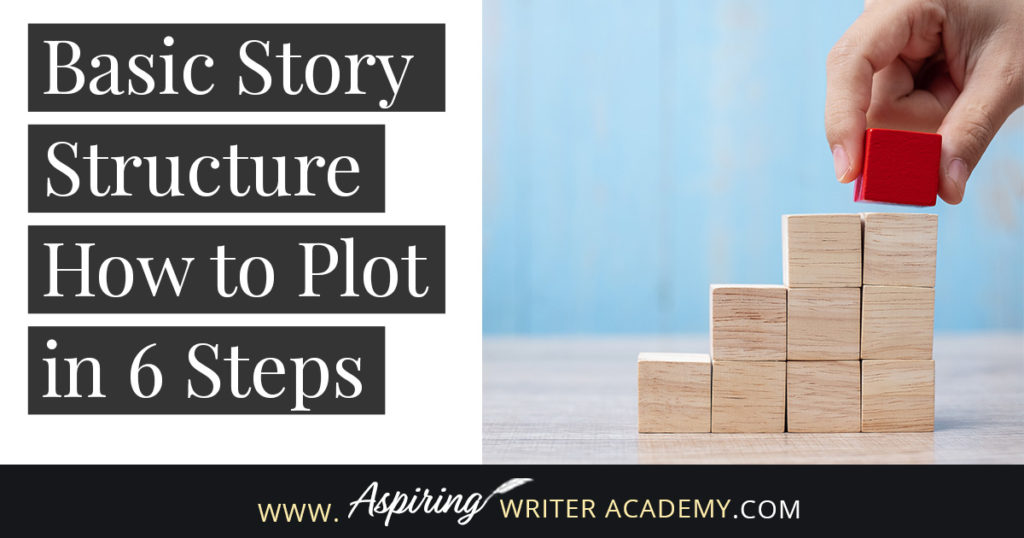 main character moves through the sequence of interrelated scenes of your story. Now there are several instructors who teach various plotting structures, some simple and some more complex. At Aspiring Writer Academy, we have both. But to launch you in the right direction when you are still brainstorming, we created an easy 6-step template for popular fiction to help you grow that initial idea into a “working draft of a story.”" width="1024" height="538" />
main character moves through the sequence of interrelated scenes of your story. Now there are several instructors who teach various plotting structures, some simple and some more complex. At Aspiring Writer Academy, we have both. But to launch you in the right direction when you are still brainstorming, we created an easy 6-step template for popular fiction to help you grow that initial idea into a “working draft of a story.”" width="1024" height="538" /> 

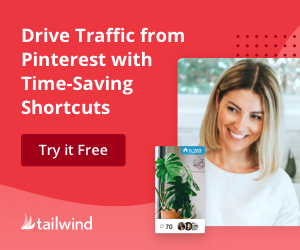
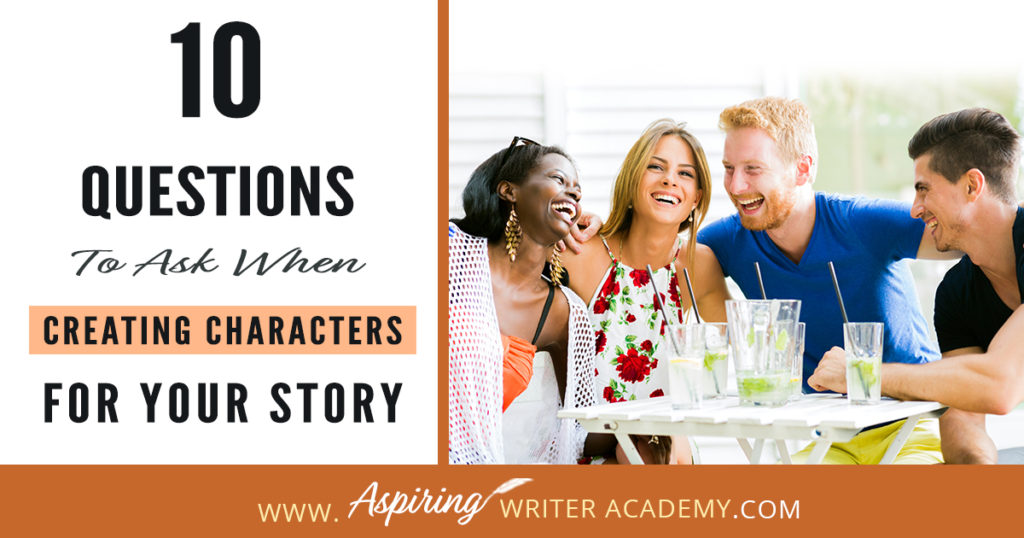
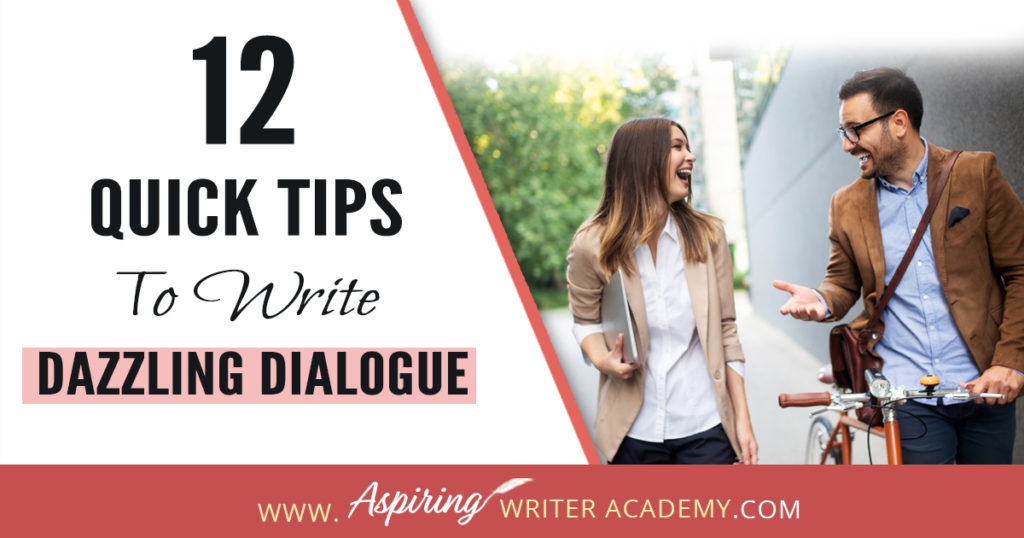
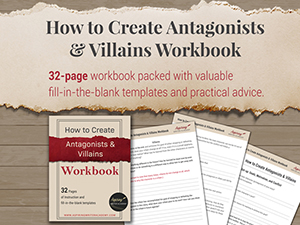


Join Us On Social Media
Affiliate Disclosure: This website contains affiliate links. To learn more, please visit our Disclaimer page.
Copyright © 2023 Aspiring Writer Academy https://www.aspiringwriteracademy.com All Rights Reserved.We use cookies to ensure that we give you the best experience on our website. If you continue to use this site we'll assume you're ok with this. Find Out MoreOkay, Got It!
This website uses cookies to improve your experience while you navigate through the website. Out of these cookies, the cookies that are categorized as necessary are stored on your browser as they are essential for the working of basic functionalities of the website. We also use third-party cookies that help us analyze and understand how you use this website. These cookies will be stored in your browser only with your consent. You also have the option to opt-out of these cookies. But opting out of some of these cookies may have an effect on your browsing experience.
Always EnabledNecessary cookies are absolutely essential for the website to function properly. This category only includes cookies that ensures basic functionalities and security features of the website. These cookies do not store any personal information.
Non-necessaryAny cookies that may not be particularly necessary for the website to function and is used specifically to collect user personal data via analytics, ads, other embedded contents are termed as non-necessary cookies. It is mandatory to procure user consent prior to running these cookies on your website.